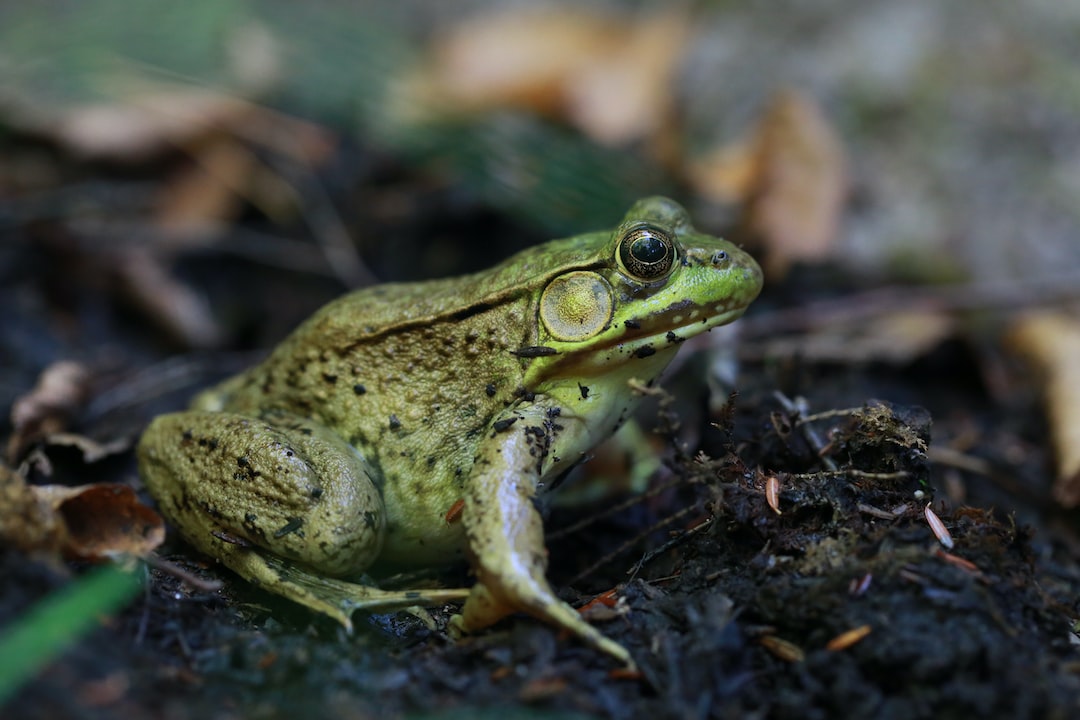The Impact of Climate Change on Animal Habitats
Climate change is an undeniable reality that is affecting every corner of our planet. The consequences of this phenomenon are far-reaching and pose significant threats to the delicate equilibrium of numerous ecosystems. Animal habitats, in particular, are being dramatically affected by the changing climate, resulting in various detrimental consequences for wildlife populations. In this blog post, we will explore the impact of climate change on animal habitats and the implications it has for biodiversity.
One of the primary effects of climate change on animal habitats is the alteration of temperature patterns. Rising global temperatures have caused shifts in seasons, resulting in irregular periods of warmth and cold. Many species have finely tuned their biological clocks to align with specific times of the year, such as breeding or migration seasons. However, these changes disrupt these patterns, leading to mismatches between species’ life cycles and available resources. For instance, some bird species rely on specific insects that hatch during a particular time of the year to feed their chicks. But with shifting seasons, the timing between when the chicks hatch and when the insects emerge may no longer sync, leading to food shortages and reduced reproductive success.
Another significant impact of climate change on animal habitats is the alteration of precipitation patterns. Droughts, floods, and changes in rainfall distribution can profoundly affect ecosystems. For instance, droughts can lead to the loss of important water sources, such as rivers or ponds, making it harder for animals to find drinking water or suitable habitats. Additionally, extended periods of drought can lead to the death of plants, which serve as critical food sources for many herbivorous animals. This loss of vegetation can have cascading effects, impacting higher trophic levels and leading to reduced biodiversity within an area.
The melting of the polar ice caps is another consequence of climate change that poses significant threats to animal habitats. Polar regions are home to a wide array of species, such as polar bears, seals, and penguins, which are perfectly adapted to the extreme conditions found in these environments. However, as the ice continues to melt, these animals lose valuable hunting and breeding grounds. For example, polar bears rely on sea ice for hunting seals, but as the ice disappears, they are unable to reach their prey, resulting in declining populations. Similarly, penguins often rely on ice to build nests and raise their chicks, but when the ice melts, their breeding success is jeopardized.
The rising sea levels caused by climate change also have a profound impact on animal habitats. Low-lying coastal areas and islands are particularly vulnerable to flooding, leading to the loss of valuable nesting or feeding sites for numerous species. Sea turtles, for instance, rely on sandy beaches for nesting, but with rising sea levels, their nesting grounds become submerged, resulting in reduced reproduction rates. Additionally, coral reefs, which are among the most diverse ecosystems in the world, are threatened by higher water temperatures and increased acidity caused by climate change. These changes can lead to coral bleaching and the eventual death of these precious habitats, affecting countless species that depend on them for survival.
The consequences of climate change on animal habitats are profound and threaten biodiversity on a global scale. The loss of habitat, food scarcity, and the disruption of reproductive cycles pose severe challenges for many species. To mitigate these effects, urgent action is needed to reduce greenhouse gas emissions and implement measures to protect and restore vulnerable habitats. Efforts such as reforestation, creating wildlife corridors, and establishing marine protected areas can help provide refuges for animals and promote ecosystem resilience.
In conclusion, climate change is exerting a significant toll on animal habitats worldwide. The alteration of temperature and precipitation patterns, the loss of ice caps, rising sea levels, and the destruction of critical ecosystems are some of the consequences that wildlife populations must face. The long-term survival of numerous species depends on our ability to address climate change and implement effective conservation strategies aimed at restoring and protecting their habitats. By taking action now, we can ensure a future where wildlife can thrive in a stable and resilient environment.

